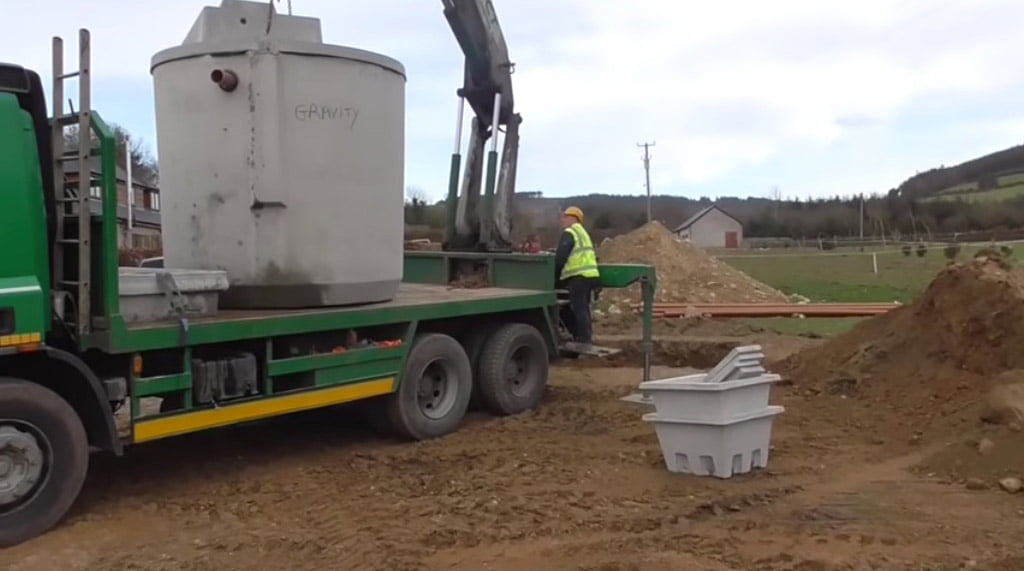Rainwater harvesting is an ancient method of water conservation, where people collect water for domestic, agricultural and sometimes even industrial use. As the name very obviously implies, the aim is to collect and store rain that falls from the sky.
Benefits of Harvesting Rainwater
Rain can sometimes be irregular, and with climate change well and truly evident, the areas affected by drought and flood are changing.
Many places that once received an abundance of rain are now receiving much less, and often experiencing higher average temperatures. Other places that historically were very hot and dry are sometimes becoming cooler and experiencing more rain.
Industrial applications, usually with full support from governments, are very wasteful of water resources. For example, gold mining operations in Australia unnecessarily waste megalitres of water every day, and once that water is contaminated, it is so toxic that it can’t ever be used for anything else.
In some parts of Nevada, ordinary residents must comply with strict water restrictions, while millions of litres of water is used to keep golf courses looking beautiful and green.
Within the next two decades you can expect to see these sorts of problems encroaching upon more and more of Europe. It is quite easy in places like Ireland and Scotland to take water for granted, but there is mounting evidence that perhaps we shouldn’t.
Disasters such as Hurricane Katrina taught us that you can’t always rely on the availability of a centralised water supply. Rainwater harvesting gives you some insurance against the possibility of usable water suddenly becoming heavily restricted or unavailable.
Another advantage of rainwater harvesting is that using it for various household purposes can help reduce your water bills if you pay for water on a metered rate.
Potential problems with rainwater harvesting
While harvesting rainwater is mostly positive, there are some problems you could face, including:
- Pollution and contamination. In some areas, air pollution has instilled an unpleasant aroma to rainwater, and the water may have an altered pH balance, and it could contain harmful contaminants, which is a concern if you intend to use the water for laundry or for drinking. In this case, it is highly advisable to treat and filter harvested water before use.
- Government obstruction. Governments in some places have imposed taxes on rainwater collection, or even banned it entirely. Other governments have made it law that new buildings must include facilities for rainwater collection. Consequently, it is a confusing situation, and something you may want to give consideration to.
- Evaporation. If your harvested water is exposed to sunlight, you will lose some of it to evaporation. There is also a possibility that animals will drink it, bathe in it, etc.
What you need and how to do it
Harvesting rainwater is very simple. The primary (and sometimes sole) components of a harvesting system are a collector and a storage unit. Normally these are separate things, but not always, such as in the case of a dam, where the collector is also the storage unit.
For most people, the collector will be a rooftop, and the storage unit will be a rainwater tank. Water is channeled from the collector to the storage unit using guttering and pipes.
If you’ve any more questions regarding rainwater harvesting and how it is done, feel free to get in touch with us.

